
Linguistics and Claim Construction by Kristen Osenga (available here).
Professor Osenga explores linguistic theory for truths that can be applied to claim construction. She writes about five particular “notions” that could be used to make claim construction more consistent:
1) every reader, including a judge, possesses a mental lexicon with a common sense (or conventional) understanding of word meaning which is a point from which to start when interpreting claims;
2) there is an appropriate place for dictionary usage, which is to inform the judge’s common sense understanding about a word where he has none;
3) patent claims have their own grammar which must inform the syntactical and contextual analysis, but may also skew the reader’s common understanding that was obtained either from a mental lexicon or from a dictionary;
4) regardless of the common sense understanding, the PHOSITA must be returned to the analysis and changes made to the law to effectuate the return of the PHOSITA; and
5) extensive resort to the specification and prosecution history to divine the patentee’s intent is inappropriate.
Patent Metrics: The Mismeasure of Innovation in the Biotech Patent Debate by David Adelman and Kathryn DeAngelis (available here).
Adelman and DeAngelis have written what they claim to be “the first comprehensive empirical study of biotechnology patents.” Their conclusions — there is little evidence that the rise in biotechnology patenting is adversely affecting innovation. The pair also provides a general criticism of “the current enthusiasm for empirical” at the expense of exploring “the obvious complexity of innovative processes.”
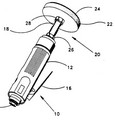 M. Eagles Tool v. Fisher Tooling (Fed. Cir. 2006,
M. Eagles Tool v. Fisher Tooling (Fed. Cir. 2006, 
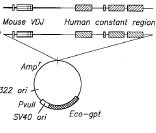 MedImmune v. Genentech* (Supreme Court 2006).
MedImmune v. Genentech* (Supreme Court 2006). 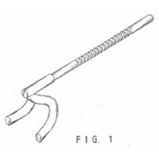 Lawman Armor v. Winner Int’l (Fed. Cir. 2006,
Lawman Armor v. Winner Int’l (Fed. Cir. 2006, 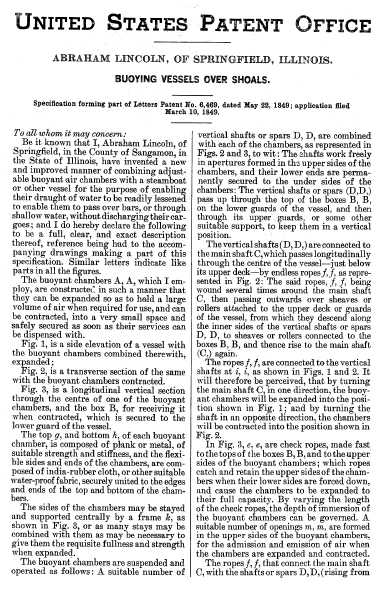
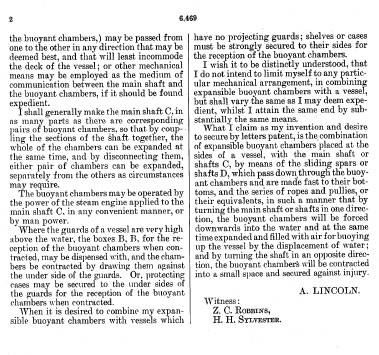

 Math You Can’t Use
Math You Can’t Use
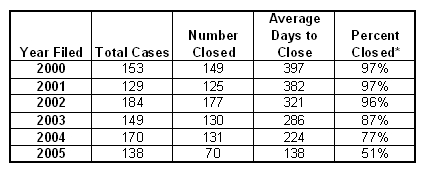
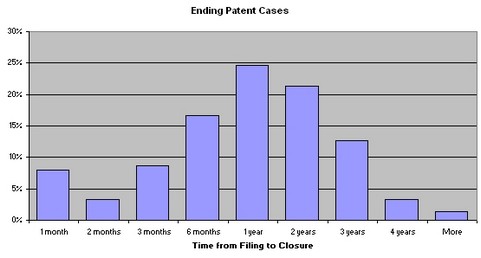
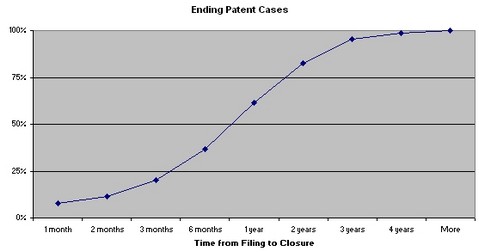
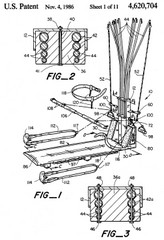 Nautilus v. ICON (Fed. Cir. 2006,
Nautilus v. ICON (Fed. Cir. 2006,  In dissent, Judge Newman essentially argued that the practical nature of claim construction appeals should allow all claim construction issues to be reviewed at one time.
In dissent, Judge Newman essentially argued that the practical nature of claim construction appeals should allow all claim construction issues to be reviewed at one time. 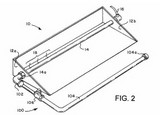 Golden Blount v. Robert H. Peterson Co. (Fed. Cir. 2006,
Golden Blount v. Robert H. Peterson Co. (Fed. Cir. 2006, 